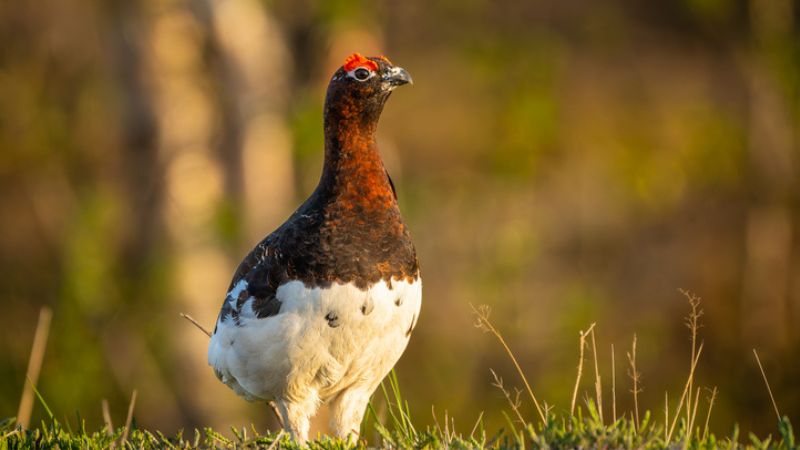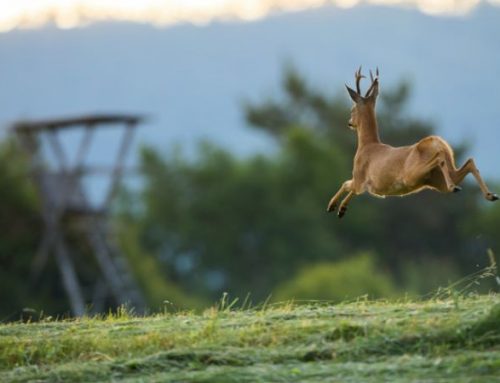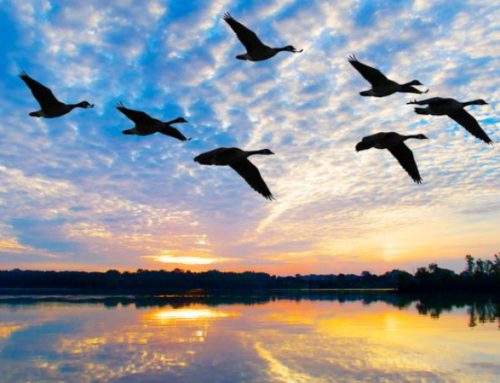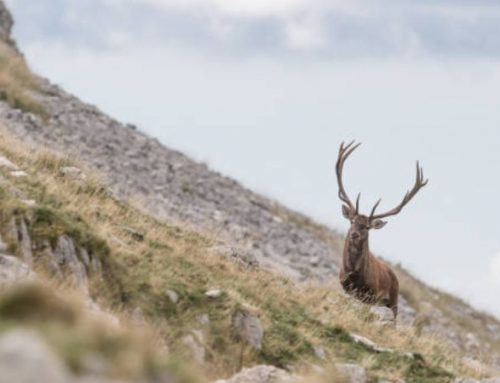There are lands that seem made for hunting — places where man meets nature not in a battle, but in an ancient, silent, and respectful dialogue. Norway is one of these.
A country that still holds the wild soul of the North, where the sky never ends, silences are deep, and pointing dogs trace invisible paths among moss, birch trees, and snowy tundras.
A journey that begins long before the gunshot
Those who dream of hunting in Norway know it’s not simply about taking down prey, but about stepping into a parallel world. Access is regulated and respectful: you need a license, must pay a state tax to the Wildlife Fund, and if you’re a foreigner, you must prove your hunting experience in your own country.
Every step is designed to select not just a skilled hunter, but one with the right spirit—someone who understands what it means to move across a Scandinavian mountain, with their dog, following the faint tracks of a ptarmigan.
Where nature sets the pace
Norway is a symphony of landscapes: windswept plateaus, boreal forests, glacial valleys, and distant islands where time seems suspended. In the north, the Finnmarksvidda offers vast open spaces—endless tundras where winter white melts into soft green. Here, hunters pursue the Lagopus lagopus (willow ptarmigan), an elusive, camouflaged bird that only reveals itself to the sharp-eyed… or to a dog who can sense every shift in the air.
Heading south means entering dense woods, where among ferns and lichens, woodcocks and capercaillies hide. Every corner of the country offers a different hunt, a different light, a different path. And it’s that path—walked side by side with your dog—that becomes the essence of the journey.
Enrico’s story: between tundra, silence, and the points of Attila and Pordoi
“The first ptarmigan was pointed by Attila, just past the line of dwarf birch trees, on a strip of dark moss that seemed to float in the air. He stood still, as if he could feel the bird breathing under the wind. I reached him in silence, my heart pounding… and when the ptarmigan burst into flight like a pale ghost, I knew the trip was already worth it.”
So tells Enrico, a passionate hunter, expert in pointing dogs, and head of feathered game hunting at Montefeltro. For years he had dreamed of those faraway lands, and finally decided to go, bringing his two setters with him: Attila, solid and determined, and Pordoi, more reflective, but with an extraordinarily fine nose.
“The days went by slowly, marked by a steady pace, careful observation of the terrain, and wind that shifted every hour. But there was a kind of enchantment: Norway teaches you to slow down, to listen. Attila’s points were steady and taut like strings; Pordoi’s were delicate and almost poetic. It was like watching two different styles telling the same story.”
On one of the last days, both setters locked on point at the same time on a ridge overlooking a distant fjord. “I thought it was impossible for there to be two coveys. I was wrong: seven ptarmigans rose. I didn’t shoot. I let them fly. It was too beautiful. It was my gift.”
Pointing dogs: soul companions in Nordic white ptarmigan hunting
In Norway, the pointing dog is not just a helper—it’s a travel companion, an ally, a natural artist. Whether English setters, pointers, or Bretons, their role is central: they search, point, and signal. With elegant, precise movements, they freeze time and prey, creating that magical moment when the hunter prepares for the shot.
Norway honors these dogs with an official recognition system: to earn the title of Norwegian Hunting Champion, a dog must prove its worth both in the field and in shows. It must be beautiful, but above all skilled and intelligent—capable of facing forests, moors, snow, and endless open spaces.
The trials take place in real environments: no simulations, only true nature, real game, and authentic behavior. And anyone who has witnessed a point on a wind-swept ridge knows that some moments are worth more than a thousand trophies.
A deep, rooted ethic
Hunting in Norway means respecting the game, the land, and time itself. Firearms must be legal, calibers appropriate to the prey, and magazines limited. But above all, the hunter is part of an equilibrium: no one improvises, and no one challenges nature without first understanding it.
Every hunting act is regulated, monitored, and part of a modern, effective wildlife management system in which hunters are active participants in conservation—not mere spectators. Nordic ethics demand attentiveness, preparation, and a dose of humility: here, more than elsewhere, you learn that nature commands, and man is only a guest.
The emotions you bring home
Those returning from a hunt in Norway rarely talk only about their game bag. They speak of the muffled silence of the tundra, the sound of their dog’s breath while galloping, the flutter of wings in the milky white of dawn. They speak of sudden rains, smoking wooden shelters, and eyes filled with emotion—something only those who’ve shared the forest with their dog truly understand.
“I didn’t bring home many birds, but I brought back a piece of that light, the silhouette of Attila on point along the ridge, Pordoi’s ears tuned to the wind. And a peace inside me that I had never felt so deeply,” Enrico concludes.
In Norway, hunting is a doorway to a world that still remains untouched. It is wild yet welcoming, demanding yet generous. It requires respect, passion, and preparation—but offers in return pure, unforgettable emotions. And the pointing dog, in this Nordic landscape of wind and light, becomes the thread that ties it all together: nature, man, silence, and beauty.
For those who love true hunting—hunting with the heart—Norway is not a destination. It’s a calling.











